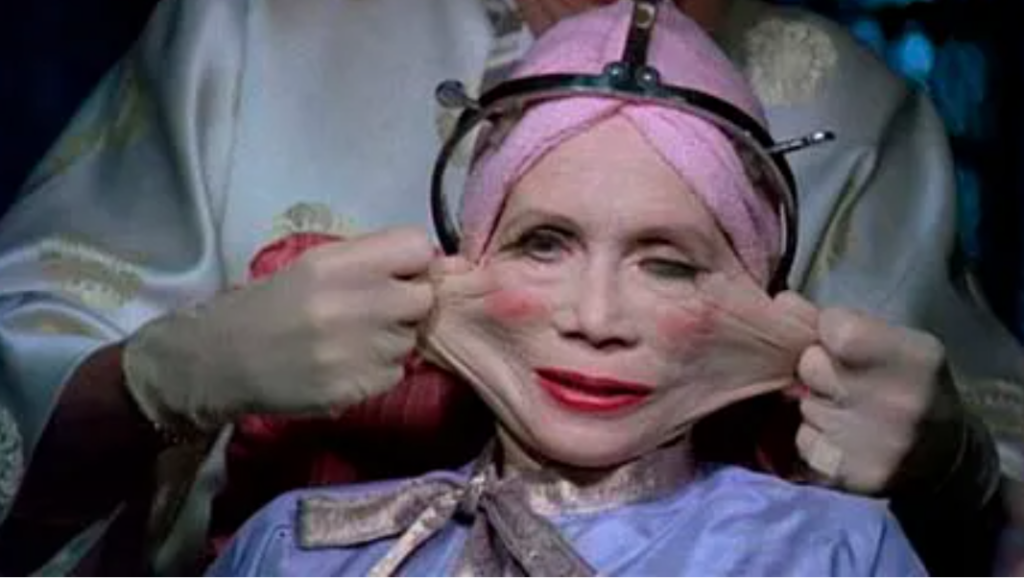Terry Gilliam’s dystopian masterpiece, “Brazil,” released in 1985, is a film that defies easy categorization. Blending elements of satire, science fiction, and dark comedy, the movie presents a chilling vision of a bureaucratic society gone awry. Beneath its visually stunning and surreal surface, “Brazil” weaves a tapestry of intricate symbolism, inviting audiences to reflect on the dangers of a dehumanizing society. Let us delve into the symbolism that lies at the heart of this thought-provoking film.

The Butterfly: One of the most prominent symbols in “Brazil” is the recurring image of a delicate butterfly. Signifying fragility, beauty, and freedom, the butterfly serves as a stark contrast to the oppressive and bureaucratic world depicted in the film. Its appearance throughout the narrative suggests the yearning for liberation and the human desire to break free from the constraints of an oppressive system. The butterfly represents the human spirit, fluttering against the suffocating walls of conformity.
The Tuttle/Buttle Dichotomy: The names Tuttle and Buttle symbolize the dehumanizing effect of bureaucracy. Tuttle, played by Robert De Niro, is an elusive rogue air conditioning repairman who symbolizes individuality, rebellion, and freedom. On the other hand, Buttle, a mild-mannered family man wrongly identified as a rogue, represents the anonymity and powerlessness of the common citizen, crushed by a faceless and uncaring bureaucratic system. The juxtaposition of these two characters emphasizes the human struggle against conformity and the erosion of individuality.
The Mask: Masks play a significant role in “Brazil” as a symbol of conformity and the suppression of individual identity. Throughout the film, characters wear masks both literally and figuratively. The omnipresent government masks signify the falseness and lack of transparency in the system. Sam Lowry, the film’s protagonist, wears a mask of compliance, concealing his true desires and dreams. The masks serve as a commentary on the masks we wear in our own lives, hiding our true selves in order to fit into societal expectations.
The Dystopian World: The pervasive symbolism in the dystopian world of “Brazil” reflects the dehumanization and loss of individuality caused by bureaucracy and totalitarianism. The visually striking and surreal set design, characterized by oppressive architecture, cluttered offices, and dilapidated interiors, serves as a metaphor for a society drowning in paperwork, rules, and conformity. The exaggerated, absurd, and nightmarish nature of the world symbolizes the dangers of unchecked power and the erosion of human values.
The Dream Sequence: The dream sequences in “Brazil” provide a glimpse into Sam Lowry’s subconscious and serve as a metaphorical escape from his stifling reality. These dream sequences represent the human imagination, creativity, and the longing for freedom. They symbolize the ability to transcend the confines of the mundane and find solace in an inner world untouched by the oppressive forces of society.
Conclusion: Terry Gilliam’s “Brazil” is a masterful exploration of symbolism and a scathing critique of a dehumanizing bureaucratic society. Through the use of powerful symbols like the butterfly, masks, the Tuttle/Buttle dichotomy, and the dystopian world itself, the film highlights the struggles of individuality, freedom, and the human spirit in the face of oppressive systems. By unraveling the intricate symbolism of “Brazil,” audiences are encouraged to reflect on the dangers of surrendering personal autonomy and the importance of preserving our humanity in the face of conformity and tyranny.